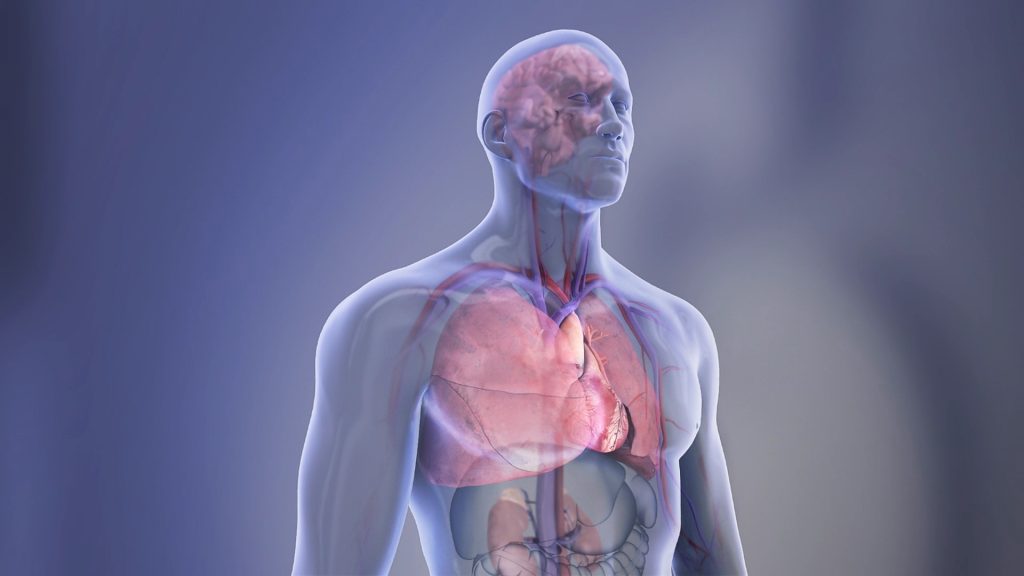Do People’s Lives ‘Flash Before Their Eyes’ When They Die?

By chance, neuroscientists were able to record the activity of a dying human brain and discovered brain wave patterns similar to dreaming, memory recall, and meditation. An analysis of this case, reported in Frontiers in Aging Neuroscience suggests a possible explanation for near-death experiences.
Imagine reliving your entire life in the space of seconds. Like a flash of lightning, you are outside of your body, watching memorable moments you lived through. This process, known as ‘life recall’, can be similar to what it’s like to have a near-death experience. What happens inside your brain during these experiences and after death are questions that have puzzled neuroscientists for centuries. However, the present study suggests that your brain may remain active and coordinated during and even after the transition to death, and may in fact be programmed to orchestrate the whole ordeal.
When an 87-year-old patient developed epilepsy, Dr Raul Vicente of the University of Tartu, Estonia and colleagues used continuous electroencephalography (EEG) to detect the seizures and treat the patient. During these recordings, the patient had a heart attack and passed away. This unexpected event allowed the scientists to record the activity of a dying human brain for the first time ever.
“We measured 900 seconds of brain activity around the time of death and set a specific focus to investigate what happened in the 30 seconds before and after the heart stopped beating,” said Dr Ajmal Zemmar, a neurosurgeon at the University of Louisville, US, who organised the study.
“Just before and after the heart stopped working, we saw changes in a specific band of neural oscillations, so-called gamma oscillations, but also in others such as delta, theta, alpha, and beta oscillations.”
Brain oscillations (aka ‘brain waves’) are patterns of rhythmic brain activity normally present in living human brains. These different types of oscillations, including gamma, are involved in high-cognitive functions, such as concentrating, dreaming, meditation, memory retrieval, information processing, and conscious perception, just like those associated with memory flashbacks.
“Through generating oscillations involved in memory retrieval, the brain may be playing a last recall of important life events just before we die, similar to the ones reported in near-death experiences,” Dr Zemmar speculated. “These findings challenge our understanding of when exactly life ends and generate important subsequent questions, such as those related to the timing of organ donation.”
Though this is the first study to ever measure live brain activity during the process of dying in humans, similar changes in gamma oscillations have been previously recorded in rats kept in controlled environments. This raises the possibility that, during death, the brain organises and executes a biological response that could be conserved across species.
The interepretation of this however is complicated by the fact that these measurements are based on a single case and stem from the brain of a patient who had suffered injury, seizures and swelling. Nonetheless, Dr Zemmar plans to investigate more cases and sees these results as a source of hope.
“As a neurosurgeon, I deal with loss at times. It is indescribably difficult to deliver the news of death to distraught family members,” he said.
“Something we may learn from this research is: although our loved ones have their eyes closed and are ready to leave us to rest, their brains may be replaying some of the nicest moments they experienced in their lives.”
Source: Frontiers






